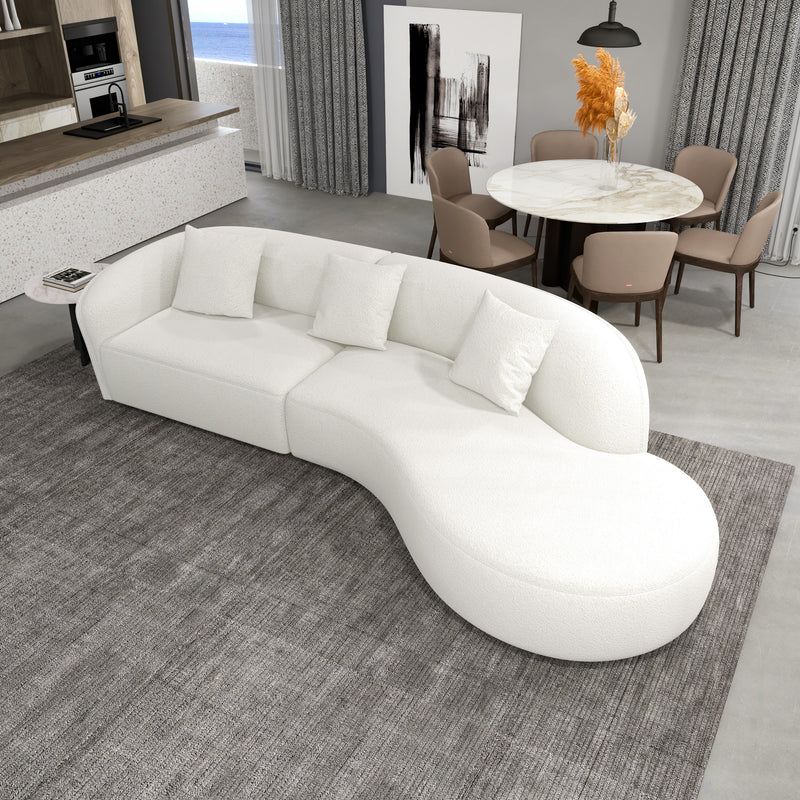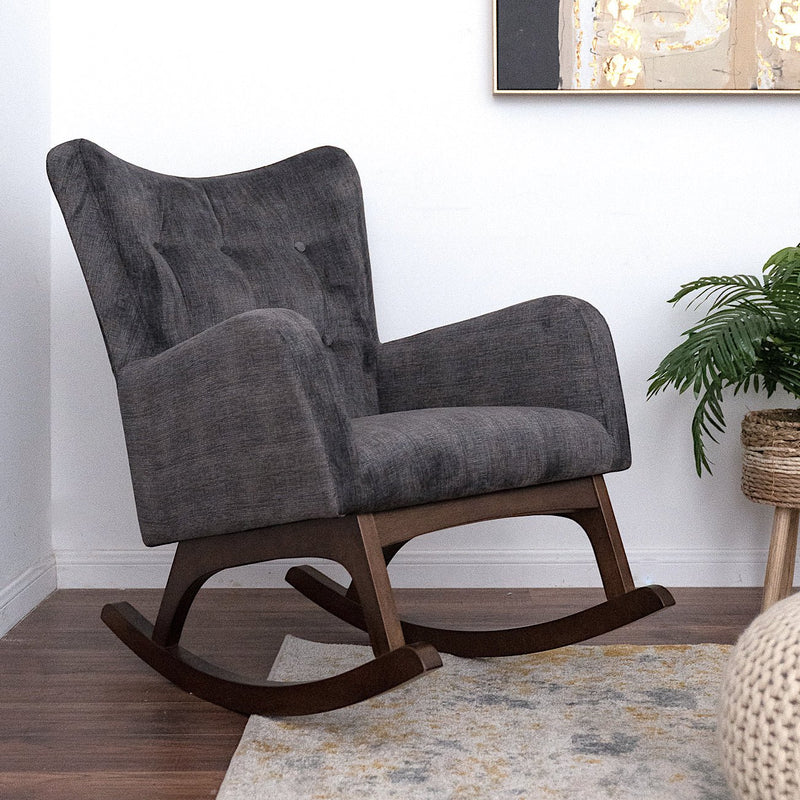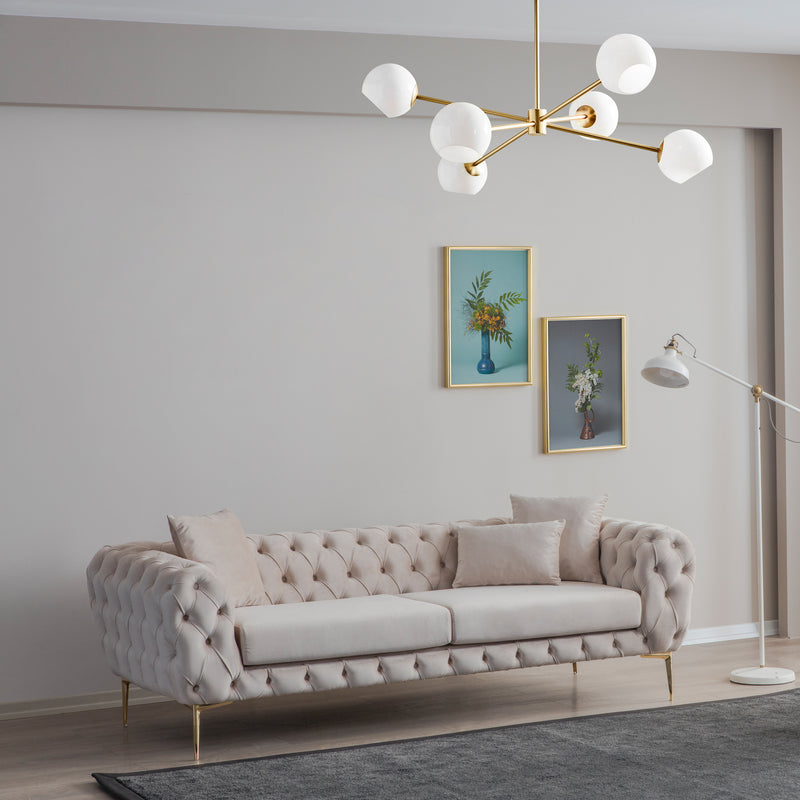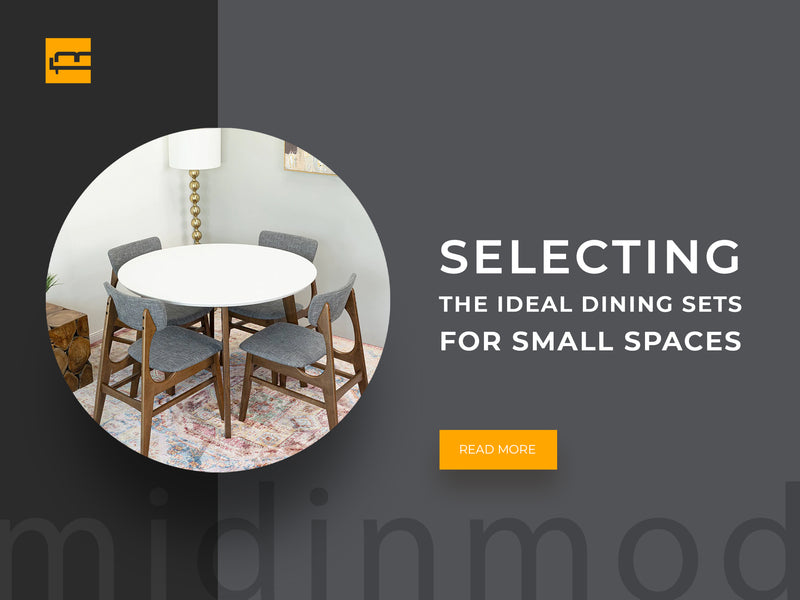
In today's city life, where space is at a premium, the choice of furniture, especially dining tables for small spaces, becomes crucial in defining your dining area's functionality and aesthetic appeal. This comprehensive guide focuses on how to choose a table to enhance the dining experience through smart design and practical features. From measuring your space to material selection and light optimization, each step is written to help you make the most of your compact living space. Dive into our detailed research to discover how to choose a dining table.
The Importance of Choosing the Right Dining Table
Choosing the right dining table significantly affects functionality and comfort in compact living spaces. As urban living spaces become smaller, it is necessary to choose a dining table that is compatible with the limited square meters. Round tables, for example, are renowned for their ability to create an intimate dining experience without the spatial constraints imposed by corners.
Pale wood or light-colored materials, such as white, visually expand a small dining space, creating the illusion of spaciousness. Practical design combined with space-expanding aesthetics ensures that even the smallest dining spaces can host the warmth and pleasure of shared meals.
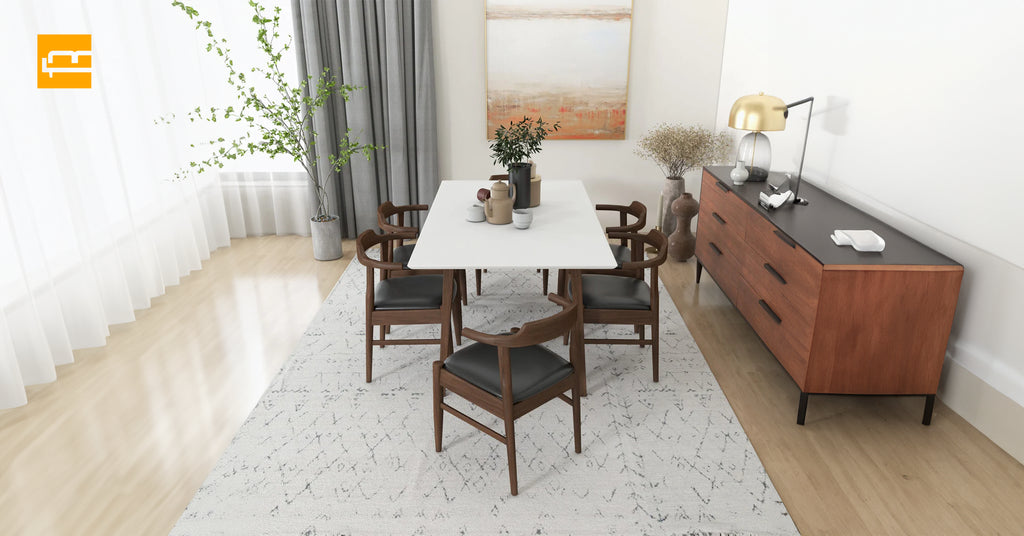
How to Choose a Dining Table for a Small Space?
When choosing the right dining table for a small space, consider size, shape, and functionality. First, a table that complements the room's dimensions is preferred. Thus, it does not overwhelm the space and provides a large dining area. Consider versatile shapes such as round tables to increase flow or extendable options for flexibility. In addition, features such as the right material and color are also important factors to consider when choosing a table.
1. Measure Your Space
Before selecting a small dining table, measuring your dining area is crucial. Note the space's length, width, and even height to ensure a narrow dining table fits comfortably without overcrowding. Leave at least 36 inches of clearance from the table to the wall or any other furniture for easy movement and chair pull-out.
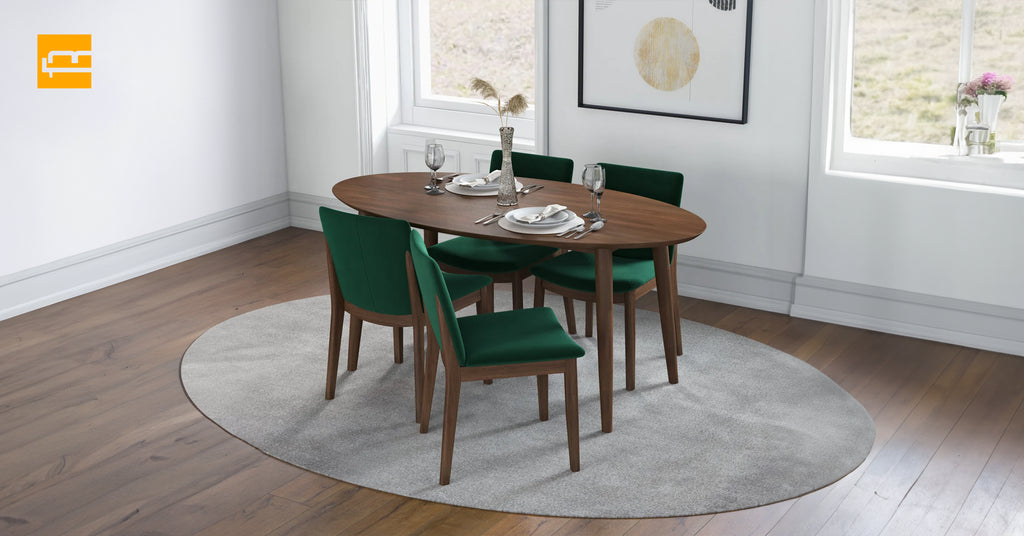
2. Consider the Dining Table Shape
The dining table shape enhances the overall look and feel of the dining area. Therefore, the table should be chosen according to the room's size, shape, and ambiance. So, which spaces are tables suitable for according to their shape?
- Round Dining Tables: Ideal for tight spaces and encouraging social interaction as they have no corners and allow for flexible seating arrangements.
- Square Dining Tables: Efficient for small, square-shaped rooms, offering a compact and symmetrical layout.
- Rectangular Dining Tables: Versatile for narrow spaces and allow for more linear seating arrangements.
- Oval Dining Table: The small oval dining room table elegantly merges the spaciousness of rectangular tables with the soft, inviting curves of rounded edges, presenting a safer and more visually appealing choice for small spaces.
3. Look for Space-Saving Features
Using a table with space-saving features maximizes the benefits of a small dining space. These innovative designs also increase the functionality of limited spaces. They effortlessly transform your compact space into a multifunctional area by combining versatile dining solutions.
- Extendable Tables: Extendable dining tables for small spaces provide flexibility by offering additional seating and compact storage when needed.
- Drop-Leaf Tables: These tables stand out for their ability to effortlessly adapt to changing dining needs. They offer a customizable size that is ideal for a variety of occasions.
- Folding Tables: Folding tables are a smart choice for maximizing small living spaces. They fold easily to reclaim floor space and for storage.
- Wall-Mounted Tables: Wall-mounted tables are ideal for space efficiency. They fold neatly against the wall to optimize limited spaces, providing a suitable environment for the smallest of spaces.
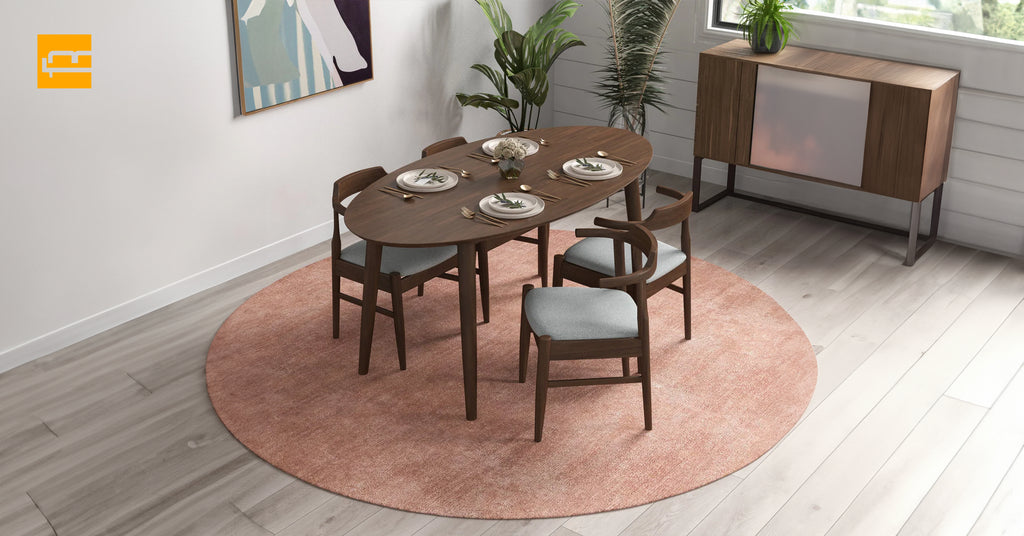
4. Choose the Right Material
Choosing the appropriate material for a small dining table enhances the functionality and aesthetic appeal of limited dining spaces. Materials such as glass or polished metal only reflect light, making the space appear larger. Wooden tables, on the other hand, add warmth and natural beauty, creating a cozy atmosphere. Durability, ease of cleaning, and the ability to blend in with existing room decor are key factors influencing this choice.
5. Opt for a Light Color or Transparent Option
A light or transparent option for a small dining table and bench increases the visual spaciousness of the dining area. Light wood, glass, or acrylic materials reflect more light, creating a bright, open space feeling. These options create the illusion of more space, making them ideal for small apartments or houses where every square inch counts.
6. Prioritize Versatility and Dual-Functionality
Prioritizing versatility and dual-functionality on small space kitchen tables increases the usefulness of dining areas. Tables that can be used as workstations or have built-in storage meet the versatile needs of modern life. Using this approach, each piece of furniture contributes to an organized and flexible living space.
7. Don’t Forget About the Chairs
Choosing dining chairs is as important as the table when deciding on furniture for compact dining areas. Stylishly designed chairs that can be easily tucked under the table when not in use keep the space organized and versatile for various activities. In addition, chairs with stackable or folding features offer the added advantage of easy storage and adaptability when entertaining guests.
8. Consider the Room’s Lighting
Lighting plays a significant role in creating the illusion of more space, both visually and aurally, when selecting a dining room table for a small apartment with limited square footage. Choose tables with reflective surfaces to maximize natural light, or place the table near a light source to create a warm, inviting atmosphere.
Conclusion
Choosing the right dining tables for small spaces requires a careful mix of practicality and design. You can create a functional and stylish dining area by measuring the space, choosing the appropriate shape, adding space-saving features, choosing the right materials and colors, and not overlooking the importance of chairs and lighting. These considerations ensure that dining together can be a pleasure even in the smallest of spaces, making every meal a special experience. With the right approach, your dining area will reflect your style and enhance the overall ambiance of your home.
Enhance your dining experience in living spaces with MidinMod's collection of dining tables designed for small spaces. With over 25 years in the furniture industry, MidinMod has mastered the blend of style and functionality, offering affordable solutions that don't compromise aesthetics. Transform your dining area into a cozy and modern paradise with carefully selected products.
FAQs :
What is the Minimum Size for a Dining Table in a Small Space?
The minimum size for a dining table in a small space is usually 24 to 30 inches wide for square or round tables. This compact size allows the table to serve its purpose without overwhelming the limited space, allowing for efficient use of space while maintaining functionality and style.
What Shape of Dining Table is Best for a Small Space?
The best shape for a dining table in a small space is round. Because round tables have no corners, they fit seamlessly into tight corners and allow for fluid movement around the dining area. Also, everyone sitting at a round table is equidistant from the center, which encourages a more intimate atmosphere.
What Type of Dining Table is Best in a Small Space?
In small spaces, extendable dining tables offer the best versatility. Their ability to change size ensures that small spaces remain organized and comfortable, making extendable dining tables the ultimate space-saving solution for small dining areas.
What is the Smallest Width for a Dining Table?
The smallest width for a dining table is generally around 30 inches. This size provides enough surface area for seating and legroom for small dining spaces.

